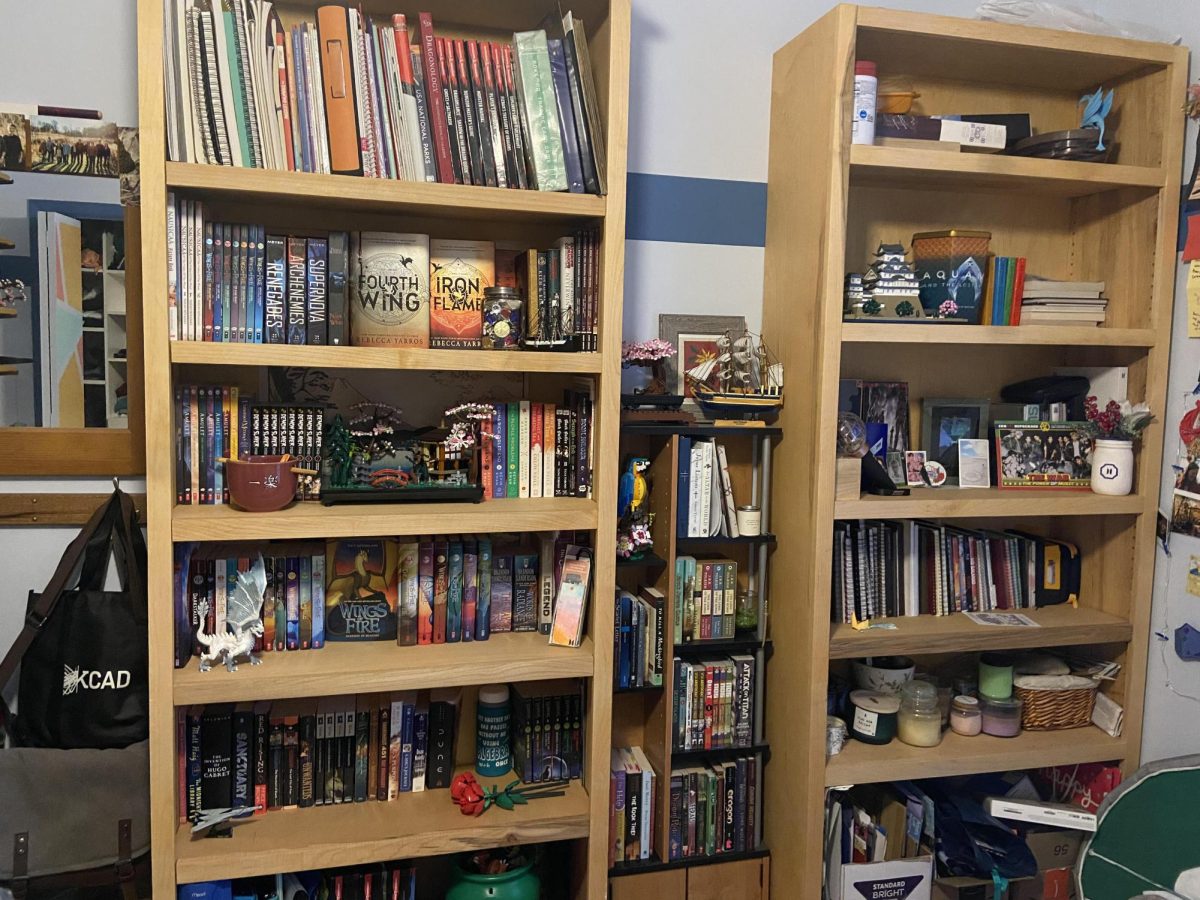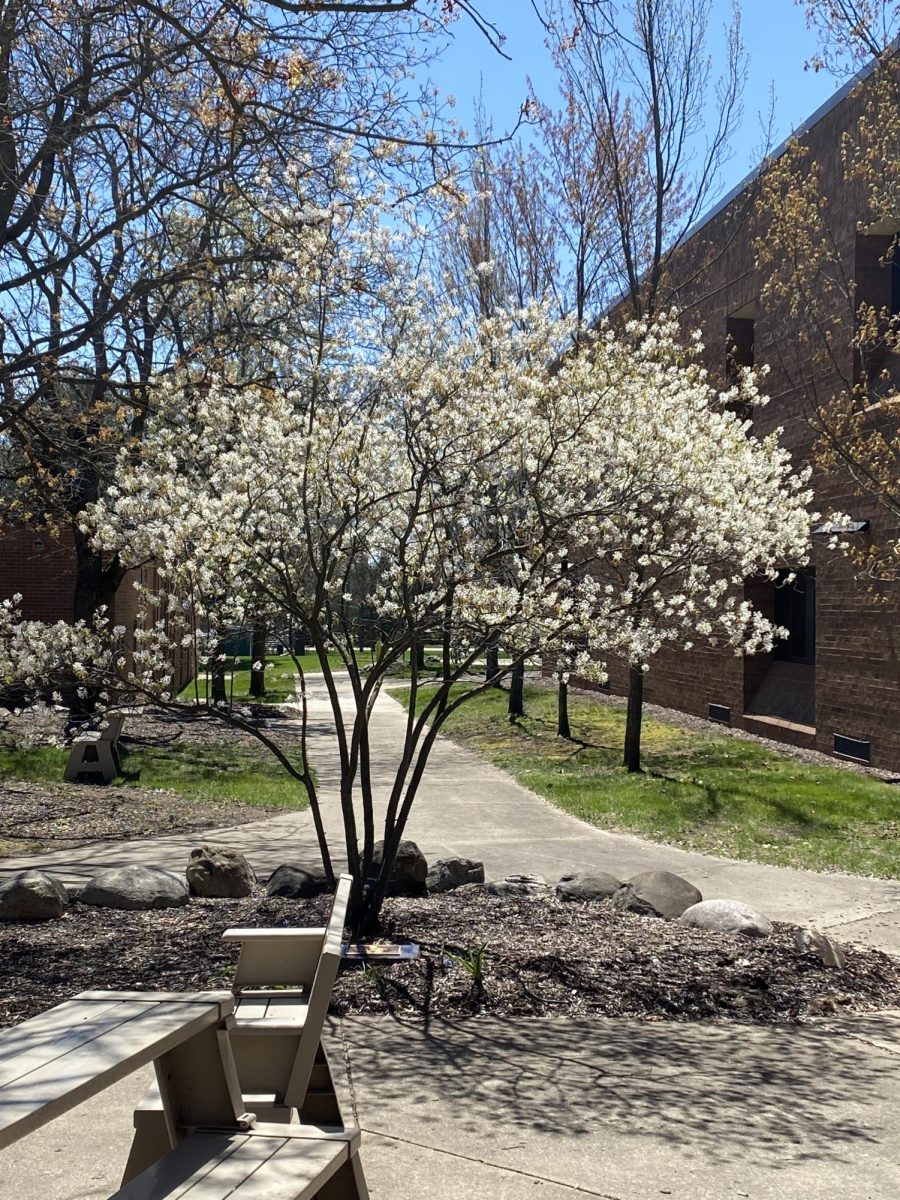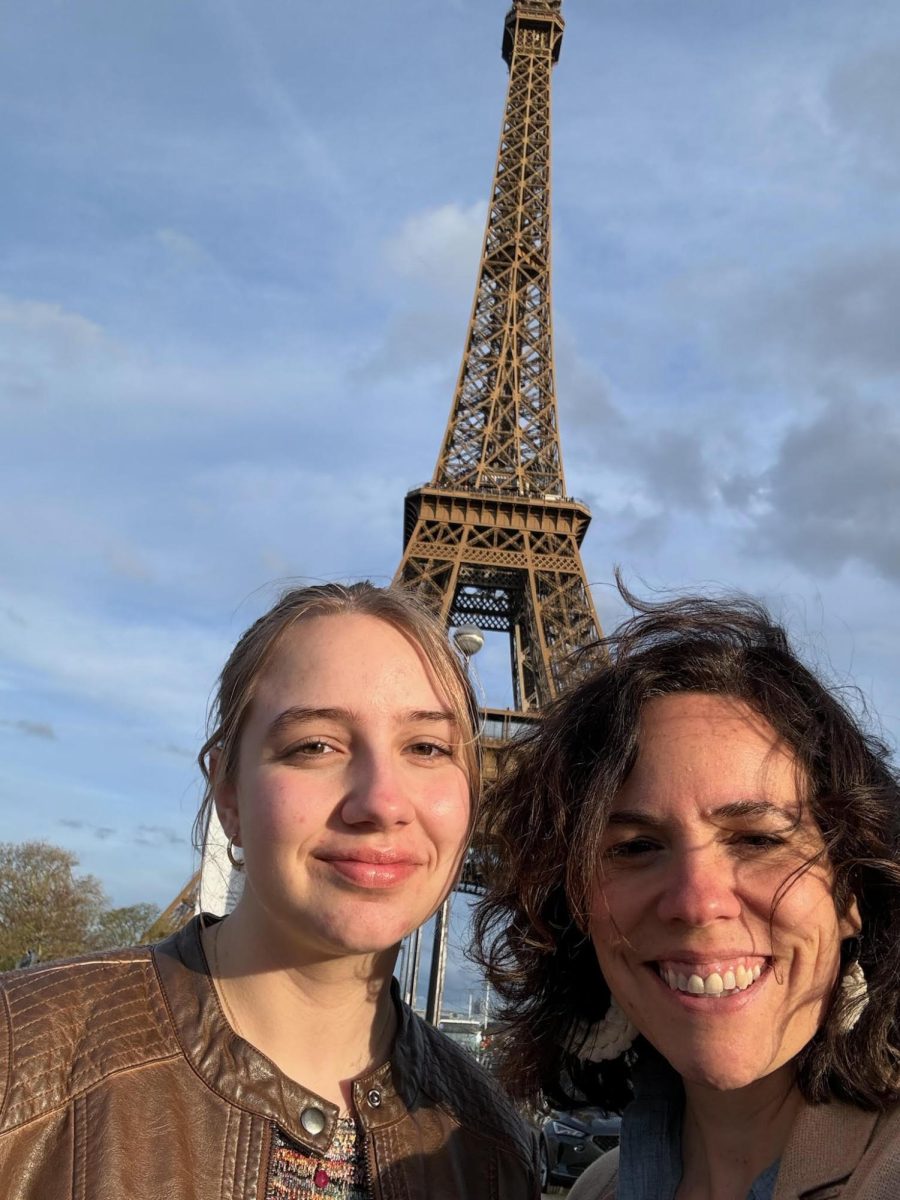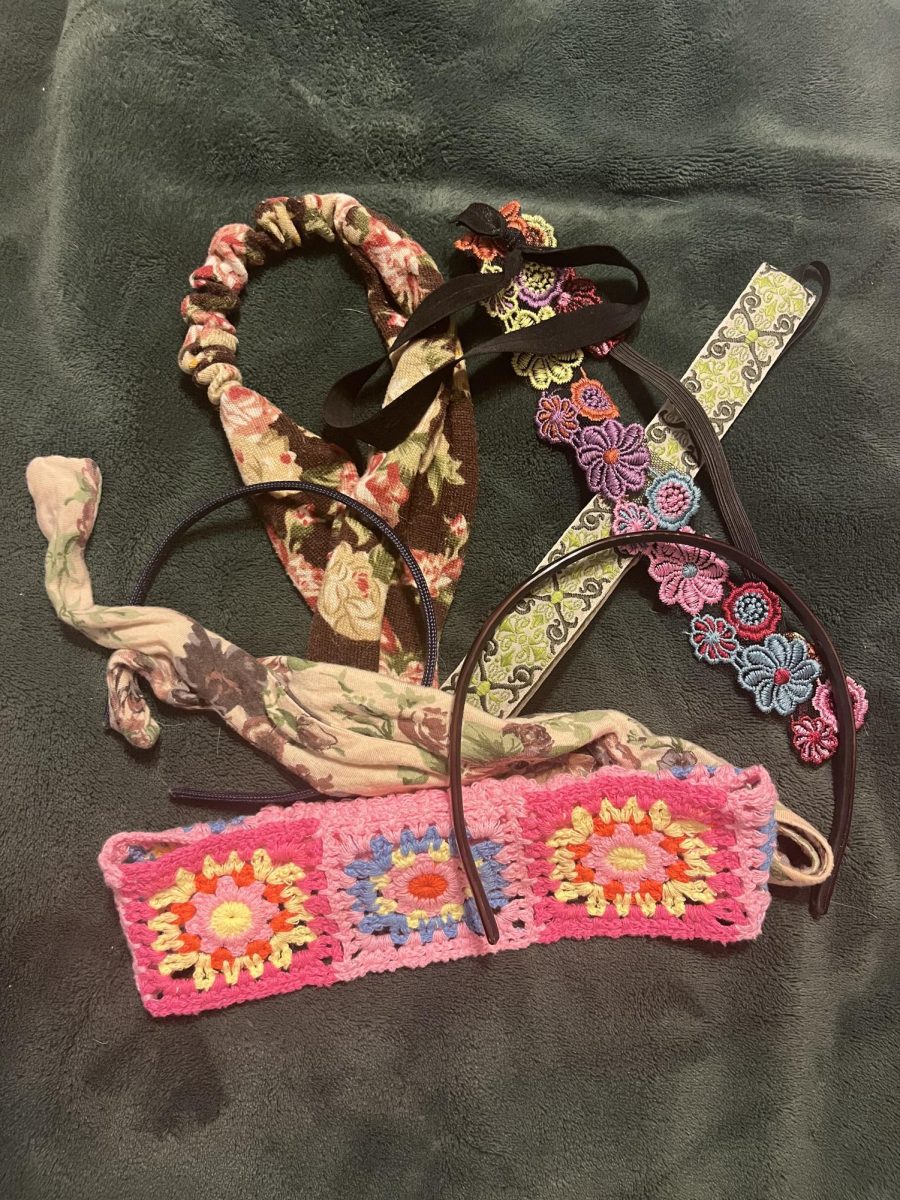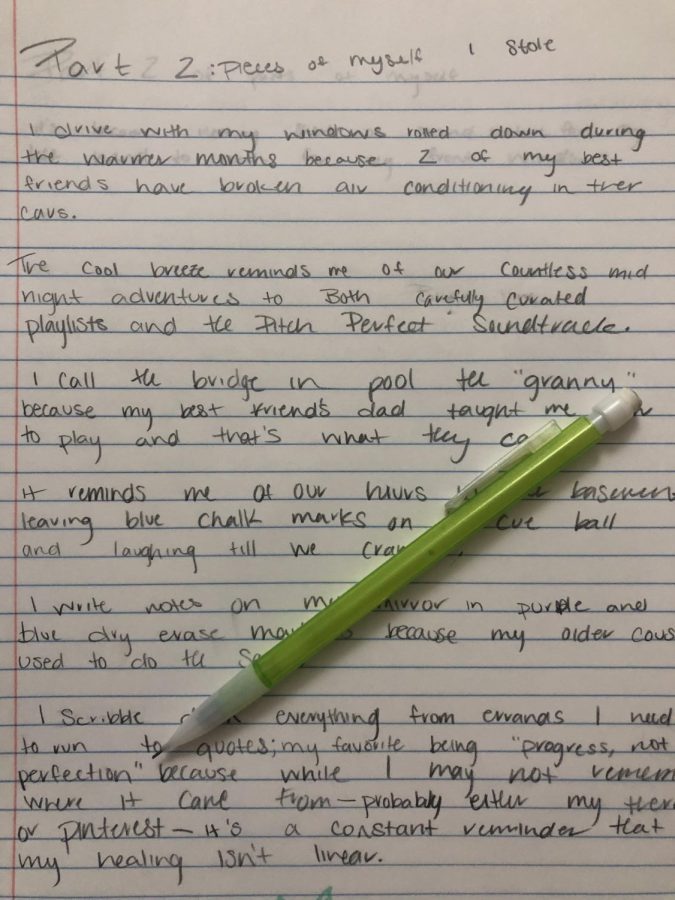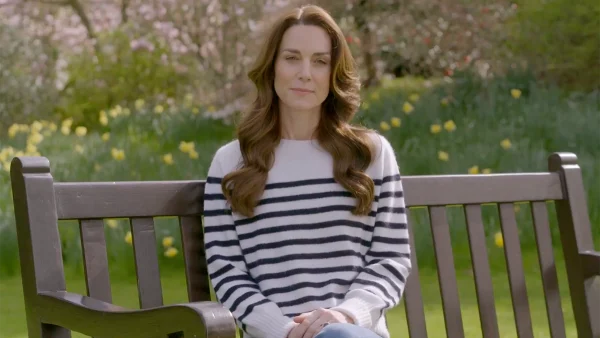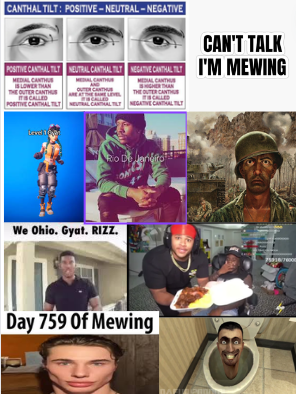The importance of giving students a place for self-expression in classrooms
A picture of one of my notebooks filled with lines of words that I wrote earlier this year
I tore apart a children’s poetry book this summer.
I cut out stanzas and pictures and rearranged them to make new poems on the fronts of my notebooks. I ripped them apart and glued them together in an effort to make something beautiful, in an effort to enhance the beauty that was already there.
My love of poetry can’t quite possibly be traced back as easily as my love of writing. It perhaps starts with the Shel Silverstein poetry book that resides somewhere around my house, or it may have started with a failed blackout poetry attempt my sophomore year of high school that ended in catastrophic ink smears.
Regardless, my favorite unit, in any English class I’ve ever taken, is always the poetry unit.
It’s an art form with rules that are meant to be followed and broken all in the same breath, and it’s something that is so subjective, yet you can tell when it isn’t done correctly.
However, as I’ve gotten older, I’ve felt that the standard curriculum presents students with fewer and fewer opportunities to express themselves creatively. It’s important for students to get the opportunity to write and read and analyze poetry as they grow and as they learn for a variety of reasons.
For one, it builds communities within classrooms. According to edutopia.org, “Poetry can allow kids to paint sketches of their lives using metaphors, imagery, and symbolic language. Poetry allows kids to put language to use and to find a voice.” Overall, poetry can be a cathartic experience for kids and a great hobby for people that are looking to decompress.
Also, poetry is an excellent tool for learning new vocabulary. It introduces you to the different connotations of words and shows you ways the words can be used that you never imagined. It gets people to feel comfortable with every part of the stanzas they’re writing and causes them to contemplate every word to convey exactly the meaning they want. This is not only valuable for high school students, but for elementary kids as well.
I cut out stanzas and pictures and rearranged them to make new poems on the fronts of my notebooks. I ripped them apart and glued them together in an effort to make something beautiful, in an effort to enhance the beauty that was already there.
Proudtobeprimary.com states, “When we break poems down to their parts, we learn a lot about how writing comes together. We learn to follow a pattern and put words in a particular order. Writing poetry is a transferable skill that will help children write in other ways and styles.”
On top of being a great way for students to learn more about both the English language and themselves, poetry is fun.
It’s something that requires as much thought and time as you can give in that current moment, and it provides a safe space to express one’s self. Through metaphors and other pieces of figurative language, like imagery and alliteration, poetry gives us the grounds for pure, unfiltered self-expression.
This pure, unfiltered self-expression should continue to be made prevalent in our curriculum. It’s an important part of our past—with poets like Edgar Allen Poe and Emily Dickinson—and with poets like Amanda Gorman will continue to be a large part of our future.

Emma is a senior and is starting her third and final year writing for The Central Trend. She spends most of her free time in the passenger seat of a...
















